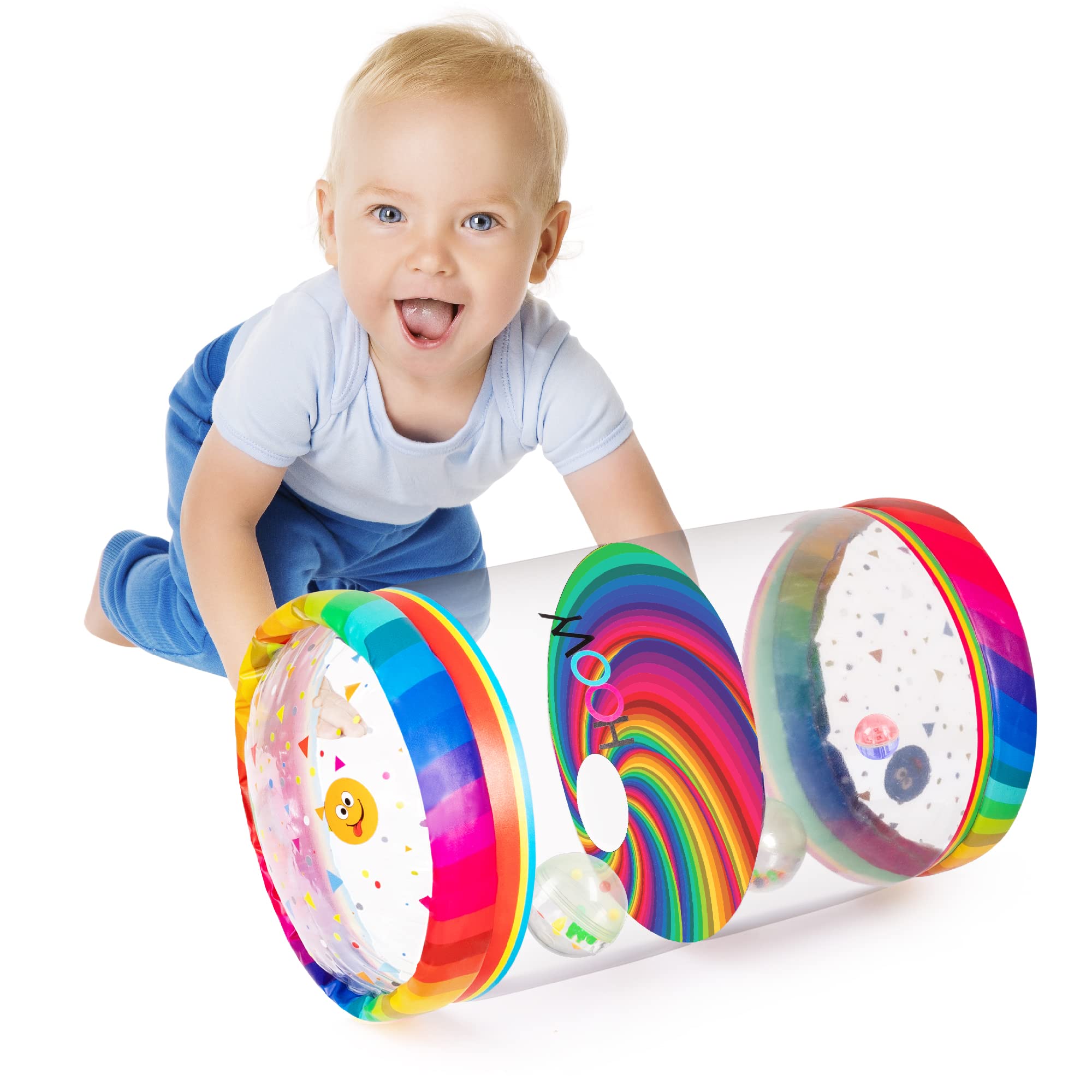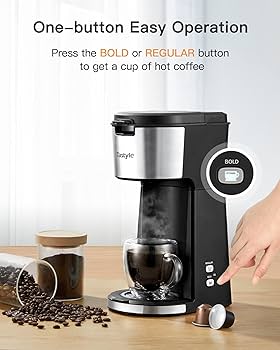"boosting Mobility: What Toys Can Help Your Baby Crawl?"
Introduction
Enhancing your baby's mobility starts with a significant milestone: crawling. This article will provide insights into toys that can help your baby learn to crawl, revealing how play can promote your baby's crawling ability. We will explore different types of crawling toys, their benefits, what to consider when choosing them, and how parents can facilitate a better learning environment for their little ones. This crucial information can equip you with the knowledge to stimulate and encourage your baby's development effectively.
When Do Babies Typically Start to Crawl?
Understanding when babies typically start to crawl is essential for monitoring their growth and development. Many factors can influence the timeline, which varies for every child. However, let's break down what is considered 'typical':
- Starting Point: Babies usually start showing signs of crawling around the age of 6 months. This is when they begin to develop muscle strength and gain control over their movements.
- Progression Period: Between 6-10 months, most babies continue to perfect their crawling skills. They experiment with different techniques and enhance their mobility.
- Late Crawlers: It's crucial to note that some babies may not start crawling until they are a bit over 10 months but that too is perfectly normal. Babies develop at different rates and pacing.
Remember, the primary goal during this period is to create a safe and stimulating environment for your baby where they can explore their surroundings while working on their crawling skills.-
How Does Play Promote Baby's Crawling Ability?
Playtime is more than just fun for babies; it's a critical aspect of their development, especially when it comes to building skills needed for crawling. Let's delve into how the simple act of playing can significantly elevate your baby's crawling capabilities:
- Motor Development:
By maneuvering toys, babies work out their small and large muscles. This exercise aids in strengthening their muscles, which is a necessity for crawling.
- Cognitive Growth:
Toys that prompt crawling help babies enhance their problem-solving skills. As the baby aims to catch a moving toy, they devise tactics, fostering cognitive development.
- Emotional Development:
Play not only facilitates physical and cognitive growth but also assists in emotional development. Babies learn to cope with success and failure when they achieve or miss a toy, helping them handle emotions better.
- Social Interaction:
Playing with parents or caregivers contributes to the baby's social skills. Simple games like 'fetch the toy' where parents engage in back-and-forth interactions with babies can help build their social interaction.
- Sensory Stimulation:
Interactive toys provide various textures and sounds, offering plentiful sensory stimulation that can keep a baby engaged and eager to move and explore.
Diminutive as it might seem, play greatly contributes to your baby's crawling ability, paving the way for a healthy roadmap of growth and development.
What Are the Best Toys That Encourage Babies to Crawl?
A wide array of toys are painstakingly designed to nurture and motivate a child's instinct to crawl. Below is a deep dive into some of the most attractive and effective toys that strongly incite a baby's move to crawl.
The Impact of Activity Balls on Crawling
Activity balls leave a vibrant sensory impact on children, and they play a fundamental part in influencing babies to crawl:
- Stimulation: The bright colors and varied patterns on these balls captivate the visual senses of babies, piquing their interest.
- Motivation to move: These balls roll away when babies touch them, prompting the little ones to follow and grab them, thereby inciting movement.
- Muscle growth: This form of play effectively helps in building a child's muscles required to crawl.
- Hand-eye coordination development: With time, babies learn to accurately gauge the direction in which the ball rolls (coordination) and react effectively to retrieve it, thereby cultivating their hand-eye coordination.
The Influence of Push Toys on Balance & Movement
Push toys are highly recommended to foster coordination and balance in a child beginning to crawl. The potential benefits of these toys include:
- Practice: Push toys allow babies to exercise and strengthen their arms and legs, paving the way for precise movement.
- Balance: As the name implies, babies can lean into these toys for support as they navigate their environment.
- Coordination: The babies learn to push and walk simultaneously, cultivating coordination.
- Visibility: These toys often come with attractive visual and auditory elements that keep babies engaged for extended periods.
The Role of Crawling Mats with Interactive Toys
Interactive crawling mats are a blend of education and recreation. Here's how:
- Stimulus: With their enhanced colors, differing textures, and fun, interactive toys, these mats serve as a strong motivating factor for babies to crawl, stretch, and explore.
- Safety: They provide a comfortable, safe space for babies to practice crawling.

- Cognitive developments: The various elements provided on these mats can stimulate cognitive development in babies, preparing them for milestones ahead.
Each of these toys, often used in conjunction, can work marvelously to encourage your baby to venture into the fantastic world of crawling, equipping them with the strength, balance, coordination, and cognitive abilities they require for growth.
What Should be Considered When Choosing Crawling Toys?
Choosing the right toys to encourage your baby's crawling advancement entails a keen eye for specific characteristics. Highlighted below are the fundamental factors you should pay attention to when shopping for crawling toys:
1. Safety: First and foremost, the toys should adhere to safety standards. Check for small parts that can cause choking hazards, sharp edges could injure your baby, and harmful materials that could pose health risks.
2. Stimulating Design: Look for colorful and enticing toys that will intrigue your baby. Bright colors, different textures, and interactive elements can stimulate your baby's senses and ignite curiosity.
3. Size and Weight: Opt for toys that are lightweight and comfortably sized for your baby's small hands.
4. Durability: Babies can be tough on toys, so ensure you choose sturdy ones that can withstand daily use.
5. Age Appropriateness: Consider your baby's current developmental stage. Toys too advanced may frustrate your child, while overly simple toys might bore them. Ensure the toys match their developmental level to help them get the most out of playtime.
6. Motor Skill Development: Look for toys that encourage practicing and mastering motor skills, specifically those designed to boost crawling abilities. This could be toys that move, make sounds when touched, or those that require some level of interaction.
By considering these factors, you can ensure that the selected toys will not only persuade your little one to crawl but also contribute significantly to their overall development.
How Can Parents Engage Babies with Crawling Toys for Better Results?
It is of paramount importance to understand how parents can effectively engage their babies with crawling toys for top-tier results. Here are a few proactive techniques you can use:
1. Introduce the Toy in Stages: Don't just give the toy to your baby and expect them to figure it out on their own. Start by introducing them to the toy, letting them feel it and interact with it at a comfortable speed.
2. Demonstrate How to Play: You can show them how to use it by performing simple actions such as pushing or rolling the toy and let your baby mimic the action. By doing so, you're setting an active example, encouraging them to do the same.
3. Use Positive Encouragement: Each little advancement your baby makes should be met with support and enthusiasm. Praise your baby when they successfully interact with the toy. The positive reinforcement will motivate your baby to continue trying.
4. Rotate Toys Regularly: Keep your little one's interest alive by rotating toys periodically. Presenting them with a new challenge now and then will maintain their curiosity and prevent monotony from creeping in.
5. Active Involvement: Play with them. Your participation creates an engaging environment, promoting their interest in the toy.
6. Ensure Safety: Always remember to ensure your baby's safety. Check the toy's parts frequently for wear and tear and discard any damaged toys immediately.
In a survey by the American Pediatric Association, more than half of the parents confirmed that active, hands-on play had a significant impact on their baby's crawling ability. By integrating these techniques, you can play a significant role in your baby's motor development, cultivating their crawling skills, and helping them reach this vital milestone successfully. Even though it might seem like child's play, the role you play as a parent is pivotal and lays the foundation for further development.
Conclusion
Interactive crawl mats are a bundle of joy that also stimulates cognitive development. Their vibrant colors, various textures, and embedded toys can encourage babies to crawl, stretch, and explore.
Related FAQs about what toys help baby crawl
Can toys really help my baby in crawling?
Yes, toys can contribute significantly to your baby's crawling skills. They can help strengthen necessary muscles for crawling, promote better balance, improve hand-eye coordination, and stimulate cognitive development. It all adds up to encouraging your baby to move and explore.
Are there safety considerations while using these toys?
Absolutely, safety should always be paramount. When choosing toys, parents should look for toys that adhere to safety standards, avoiding those with small parts that can pose choking hazards, sharp edges that could injure the child, and toxic materials that could pose health risks.
How early should I start introducing crawling toys to my baby?
You can introduce crawling toys to your baby around the age of six months, when they usually start showing signs of readiness to crawl. However, remember that each child develops at their own pace, and this is just a general guideline.


